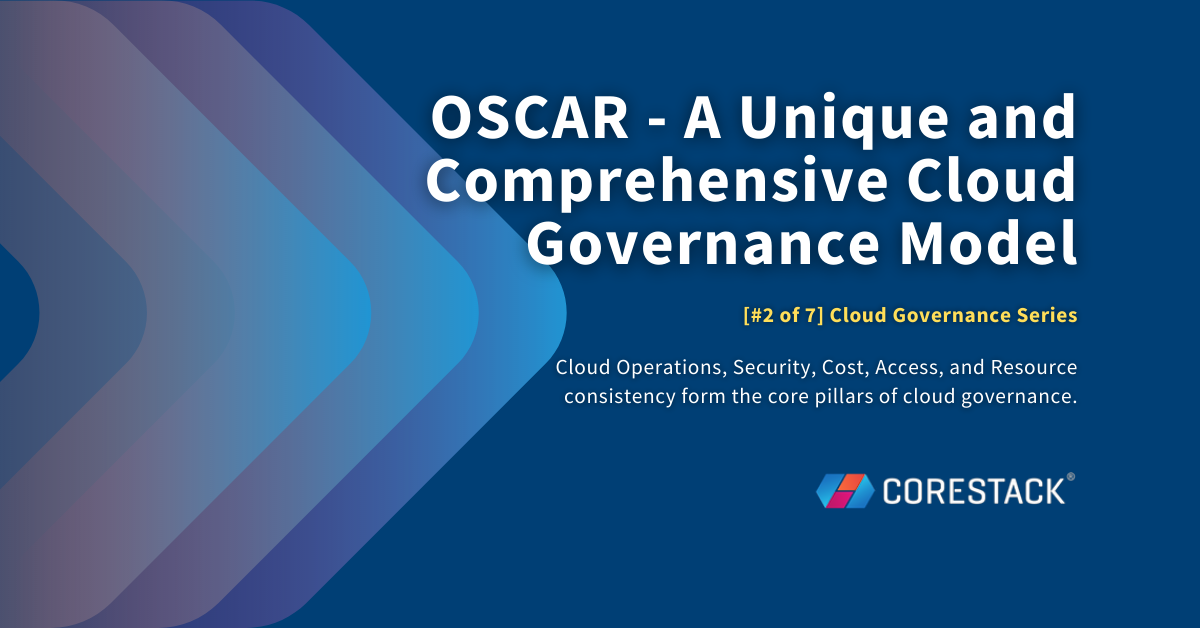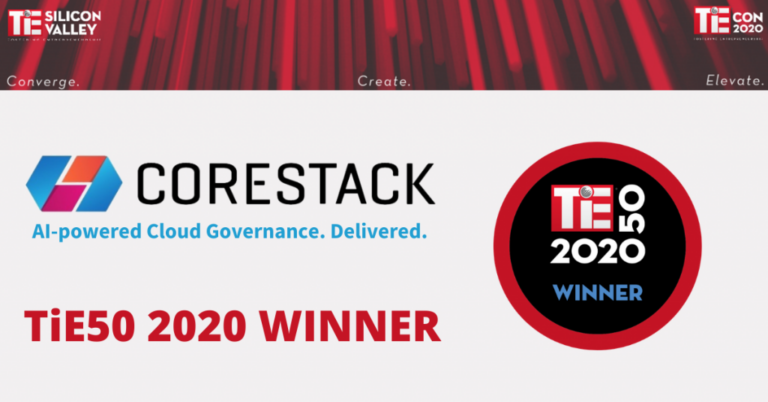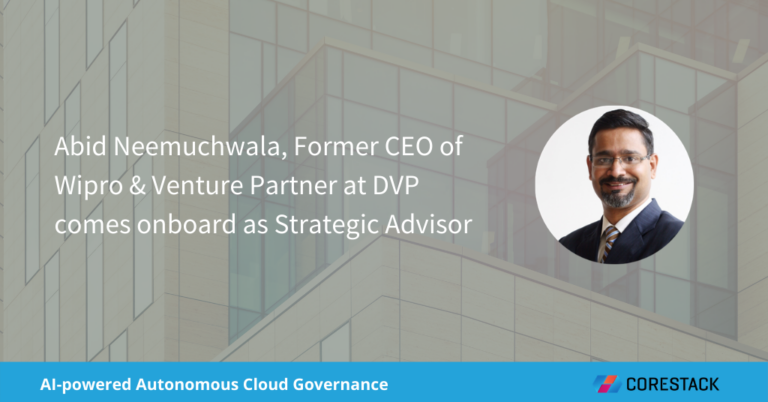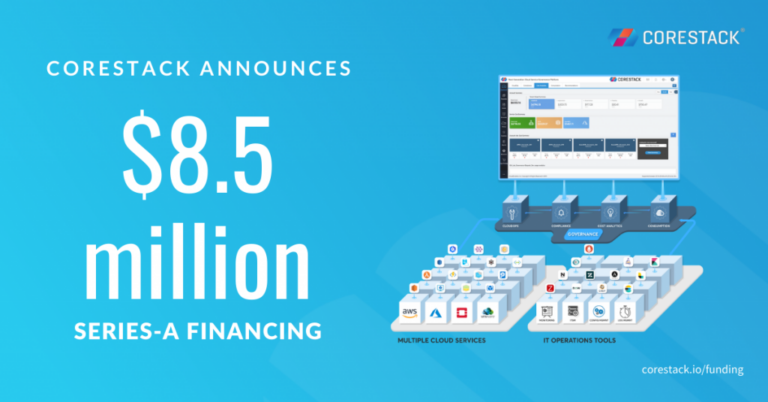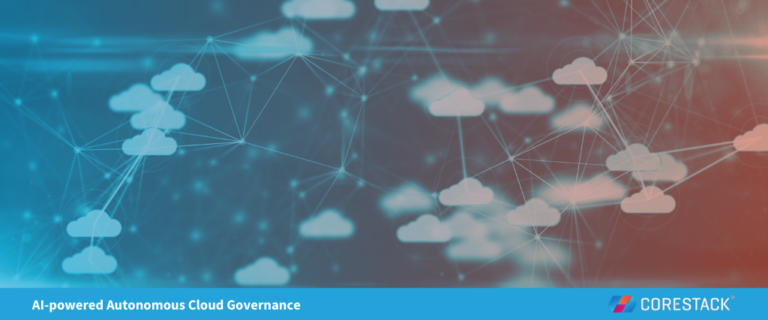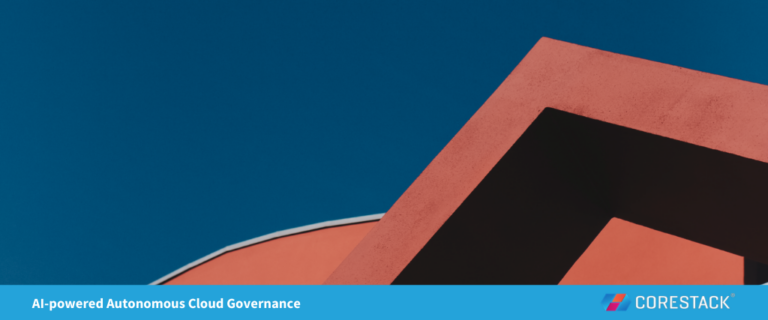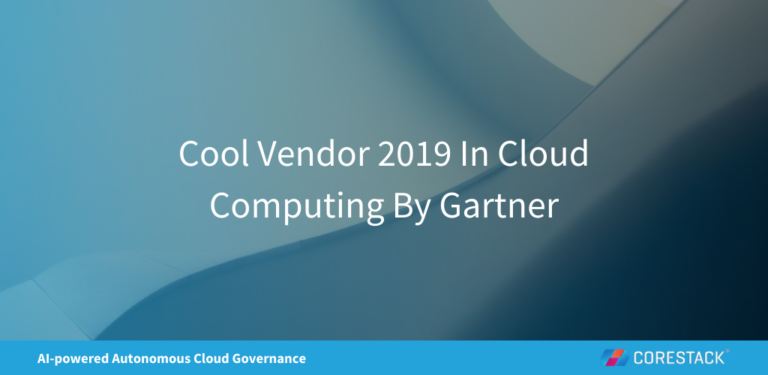OSCAR – A Unique and Comprehensive Cloud Governance Model
Enterprises are increasingly using various cloud platforms, each geared at providing differentiated value. Irrespective of the cloud platform, there are common pillars and principles that guide enterprises in defining, building, and enforcing cloud guardrails for efficient governance. Cloud Operations, Security, Cost, Access, and Resource consistency form the core pillars of cloud governance. We call this as OSCAR which forms the foundation for continuous and autonomous cloud governance.
Figure: OSCAR Cloud Governance Model
OSCAR governance model augments cloud-native governance by offering key benefits:
- Unified visibility and insights
- Rule-based automation to govern the entire cloud landscape
- Automated remediation to resolve the governance gaps
- Quantify governance with indexing and benchmarking
- Seamless integration with your enterprise tool ecosystem
Built on cloud-native services, the OSCAR governance model leverages a unique Cloud-as-Code approach that uses deep AI/ML, declarative definitions, and a patented cloud service-chaining technology.
We will cover details on each of the pillars of the OSCAR model in the upcoming blogs. In this blog post, we discuss Cloud Visibility which is an important element of the OSCAR cloud governance model.
You cannot optimize, control, or secure what you cannot see. Hence, the first step to build impactful governance is Visibility. Lack of comprehensive visibility is a key reason for several cloud computing challenges facing organizations of different sizes and across different industries – Unpredictable & surging cloud costs, security breaches, and non-compliance business damages.
One of the biggest benefits of the cloud – the ease with which the services can be consumed – can transform into the biggest pain – cloud sprawl. The only way to check this undesirable way of cloud consumption is with detailed visibility of cloud inventory. Two main aspects of cloud inventory are:
- Inventory Discovery
- Inventory Management
Cloud resource inventory maintains inventory items along with categories across platforms, accounts, and regions. It is useful to maintain a centralized cloud inventory database that includes cloud resource metadata, resource state, and the relationship between resources. For example, for a VM the related resources could be VPC, Subnet, and a Security Group.
Inventory-related services offered by cloud service providers will be a good starting point. However, as the cloud consumption increases with multiple accounts/subscriptions, users, and importantly multiple clouds, the native services may not suffice the enterprise needs. Cloud Inventory view by organization hierarchy (various users, user groups, and levels) is highly desirable.
In a multi-cloud environment, a single pane of glass view with an ability to drill down further by resource types (e.g., Compute, Storage, and Network) and tags adds significant value. If a third-party multi-cloud governance solution is adopted, ensure that even the cloud resources on-boarded directly from the cloud console show up dynamically on the inventory dashboard.
In the next blog, we talk about the first pillar of the OSCAR Governance framework, Cloud ‘Operations'.
Discover how you can rapidly achieve continuous and autonomous cloud governance at scale. Get 50% increase in cloud operational efficiencies, 40% decrease in costs, 100% compliance with security standards, and much more with CoreStack Enterprise Cloud Governance (ECG) solution.

